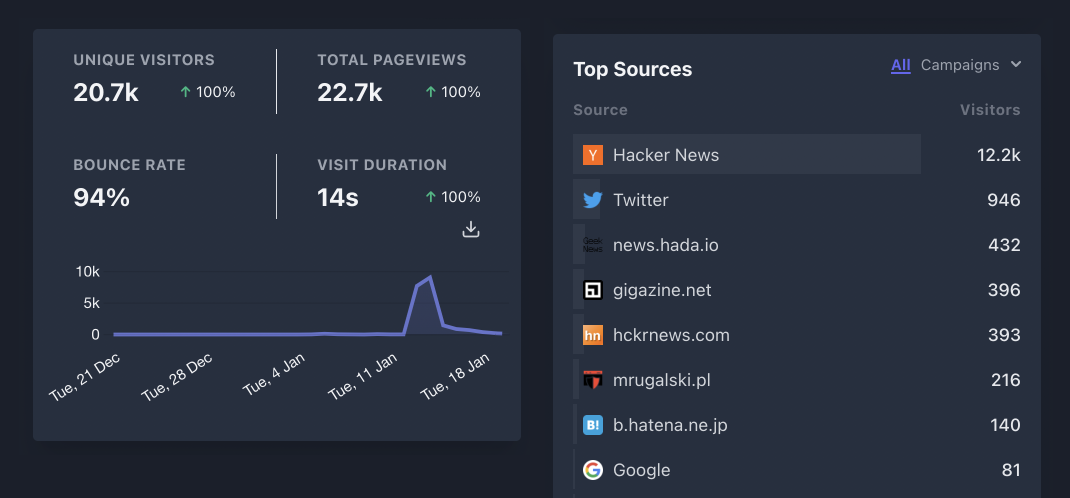What is a Minimum Viable Launch?
You have an idea for a product — an ebook, a course, a game, a SaaS app — that you're really excited about.
You're so excited, you're willing to dedicate the next few months of your life to building it.
You can't wait to get started! 🚀
But instead of sitting down to write/record/code right away — like you did last time — you think about what you really want out of this experience.
- More than a few hundred people checking it out
- More than a couple of people purchasing it
- A lot of feedback from the community to keep you motivated and focused while you develop it
What do you do that you didn't do last time?
- You post a tweet responding to someone else who once worked on a similar idea, asking them if they think your idea is good
- You join a small community of like-minded creators and ask them what they think of your plans
- You send an email to friends and family telling them what you're thinking about working on and why
These are all examples of Minimum Viable Launches.
- You put an idea out there
- You see what people think
- Then you get to work
If you get a good response, you know you're onto something. You can do a slightly bigger launch the next time around —
- A Twitter poll
- A full blog post
- A small landing page
...maybe even a quick prototype! 👾...💎
That's the whole idea behind a Minimum Viable Launch: you don't start with the finished product. You start with the minimum amount you need to test if an idea is any good — and then build on top of that.
So, what do you need to do a minimum viable launch?
- A headline
- An image or video
- A quick description of why it's exciting
That's it!
You can launch with a Twitter post or a blog post or in a quick message in a Discord community with just these three things.
What will this approach get you?
- You'll get feedback early in a small community before launching to bigger communities, guaranteeing it'll be improved before getting wider exposure
- You'll know if your headline is good before you build an entire homepage or article around it
- You won't launch to no one on your big launch day! 🎉
A real-world example
3 weeks ago, I sent an email to my friends about an idea I had for simple animation app. One of them commented about how cool it was.
I used the next few days to throw together a rough prototype and posted about it on Twitter (and a small Slack community I'm a part of).
I got lots of bug reports and feature requests: it didn't work on mobile, it wasn't clear how to use it, and it would be cool if it could do more (like resetting the animation).
So, I improved it and posted about it in those communities again — again, getting positive feedback.
So I decided it was ready... I then posted it to Hacker News, where it stayed on the front page all day and a total of 12,000 tried it out! 🎉😍

The advantages of this step-by-step approach to launching:
- By sending the idea to friends first, I got to see the idea through their eyes and understand why they thought it was cool, which gave me more confidence while building out the prototype
- By posting it to Twitter and other communities, among friends and fellow creatives, I got to fix a bunch of early issues before releasing it to a wider audience
I think it only did so well on Hacker News because I took small steps... I took the time to make sure it worked well and made sense to people in these smaller communities first.
And the whole process only took one week — it was a cycle of constant feedback and improvements that felt magical to be a part of.
TLDR:
Build your new product idea — building is fun!
But make sure people know about your idea ahead of its big launch by releasing smaller mini-launches, like tweets, blog posts, and prototypes.
That way, you'll have an audience who can give you feedback to make it the best product it can be — before the big launch day!